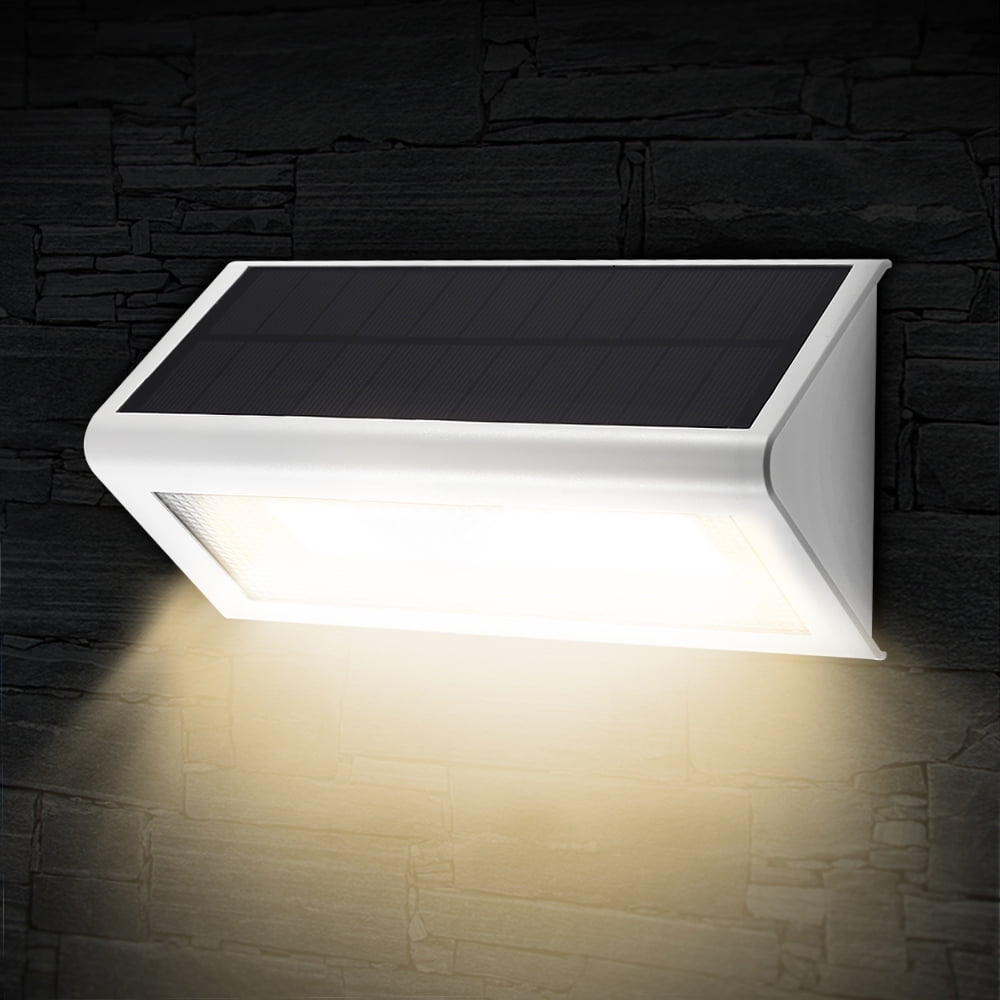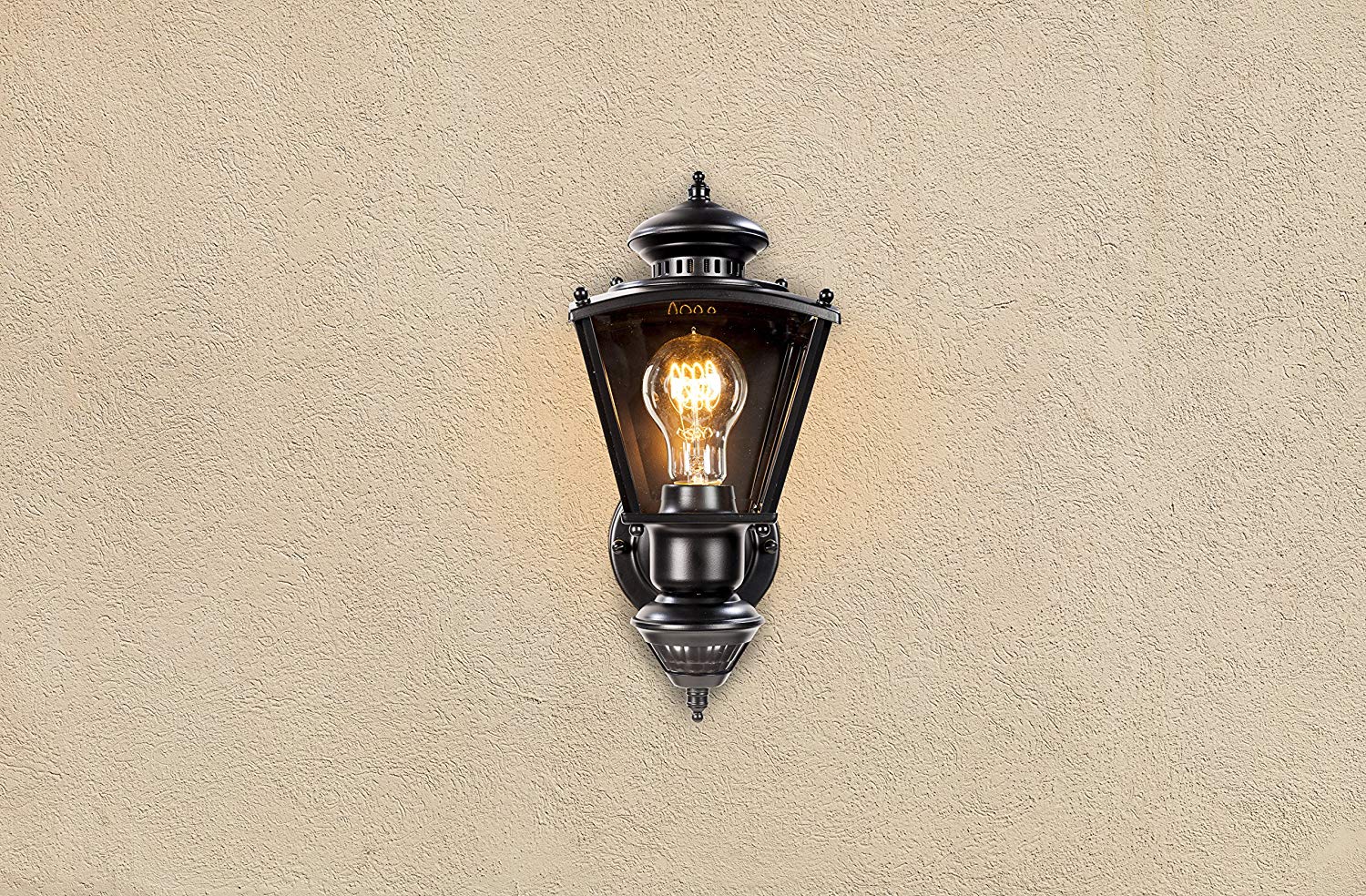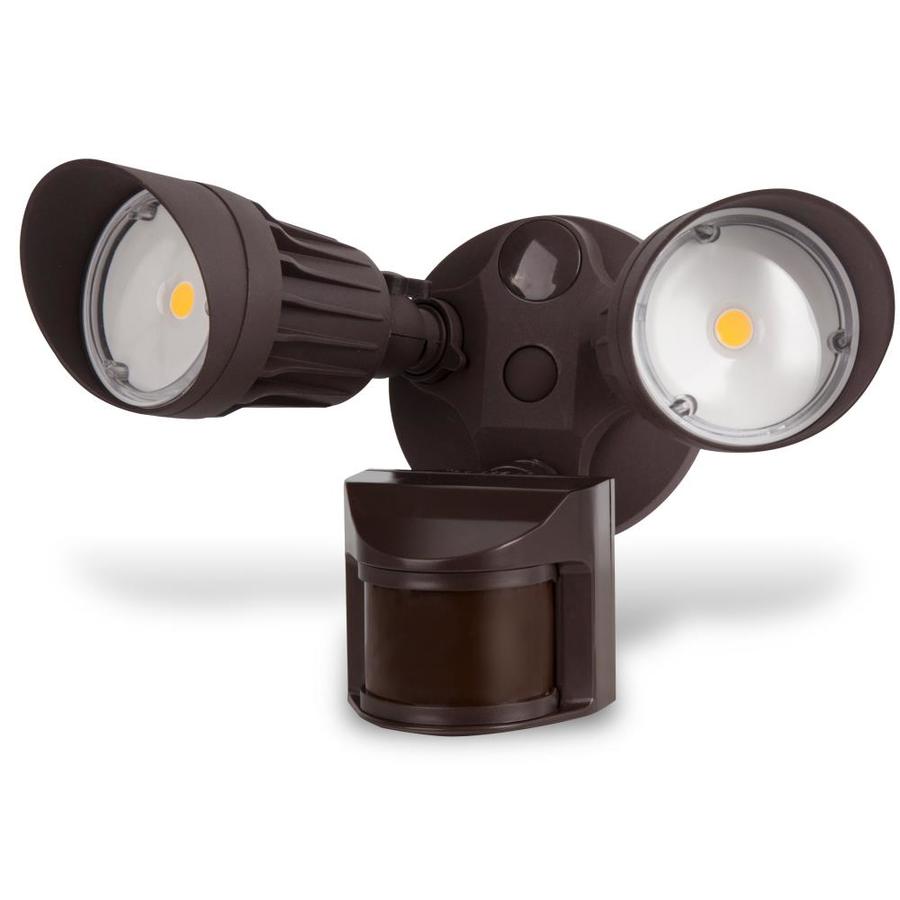
Yes, the light DOES evoke their natural fear of getting caught or discovered by another predator. However, if the animal comes back to your property repeatedly during the nighttime, they’re more likely to learn that the motion sensor you are using is just simply… a light. They also work well if that’s the animal’s first time interacting with a motion sensor light. So, motion sensor lights do work extremely well if that’s the animal’s first time visiting your property. Why Motion Sensor Lights Do Not Always Work Long Term The only downside is that motion sensor lights become less effective with repeated visits by the animal to your property. They’ll want to get away from that area and QUICKLY find cover in the darkness. Suddenly, the animal is exposed to the world and is very clearly visible. This is why motion sensor lights work so well. With a sudden blast of light, you’re evoking their biggest fear: Predators can’t see their prey as well at night, so it’s natural why night time is a good place for them to stay hidden. Many nocturnal animals are nocturnal because they are prey and need to stay hidden to survive. During the night, these animals are expecting it to stay DARK outside.Ī sudden blast of blinding light will seem extremely unnatural to these animals – as it should. Motion sensor lights are designed to work during the nighttime when most of these animals are active. Here’s where motion sensor lights play a HUGE role with these skittish animals. Still, they respond well to unnatural light and noise, depending on the setting. In my experience, possums tend to be the least startled out of the bunch. These animals are incredibly skittish in general. This rings true, especially for deer, possums, raccoons, or skunks.

If you place a motion sensor light outside of your home, you’ll interrupt the survival goal of whatever creature is sneaking up in your back yard. Here’s how motion sensor lights theoretically work against animals. In the long run, however, things are a little different – which I’ll address that later. At first, they do work and can definitely help YOU in your situation. In short, motion sensors can be hit or miss, in the long run.

There are a few things you need to do along with installing motion sensor lights that I’ll touch on in a bit. Generally, simply installing motion sensor lights to your home will not do the trick. You can read more about that topic by visiting here. While we do have some coyotes as well, they seem to react to motion sensor lights slightly differently. As a result, we haven’t seen many animals (although the light does go off at times during the night) or had any significant incidents ever since. We put motion sensor lights on our garage, back porch, shed, and outbuilding in several different spots. Come to think of it, our older dog Bluto, a bulk Routwieler breed, got sprayed by a skunk when he was still around.Įver since we concluded that keeping these uninvited guests away from our home was a huge priority, we decided that installing motion sensor lights across all of the buildings on our property would be a good idea. While Vito might not get sprayed by a skunk, the animals could easily spray something under the house or, worse they could spray Vito (who hates baths). There have been other animals, but the main ones we’ve been worried about are skunks because we have a wonderful dog name Vito that we don’t want getting sprayed. We’ve had deer, raccoons, skunks, and possums all come up to our home at various points. Naturally, having a lot of woodland areas on our property has led to a lot of uninvited guests coming close to our home. Our property includes over 52 acres of land, with a vast majority of that being woodland area. Over the years, my father and I have used motion sensor lights quite successfully at our home. This way, you’ll be able to understand what I’m talking about and why they work effectively. If you’re interested in keeping pests off your property by using JUST a lights and maybe a sprinkler, then check out this page here and go back to reference it while you’re reading the article. The motion sensor light and water sprinkler I recommend are pretty darn good. I’m going to be referencing motion sensor lights (and motion sensor water sprinklers in some cases) throughout this article that do well to deter pests and wildlife from your property.

To help you, I want to make sure you know where I’m coming from. The purpose of this article is to help you understand how and why you can use these motion sensor lights to keep unwanted wildlife away from your property. Why Motion Sensor Lights Startle Animals in the First Place As an Amazon Associate, we earn from qualifying purchases. Just to add – when you shop using links from Pest Pointers, we may earn affiliate commissions if you make a purchase.


 0 kommentar(er)
0 kommentar(er)
